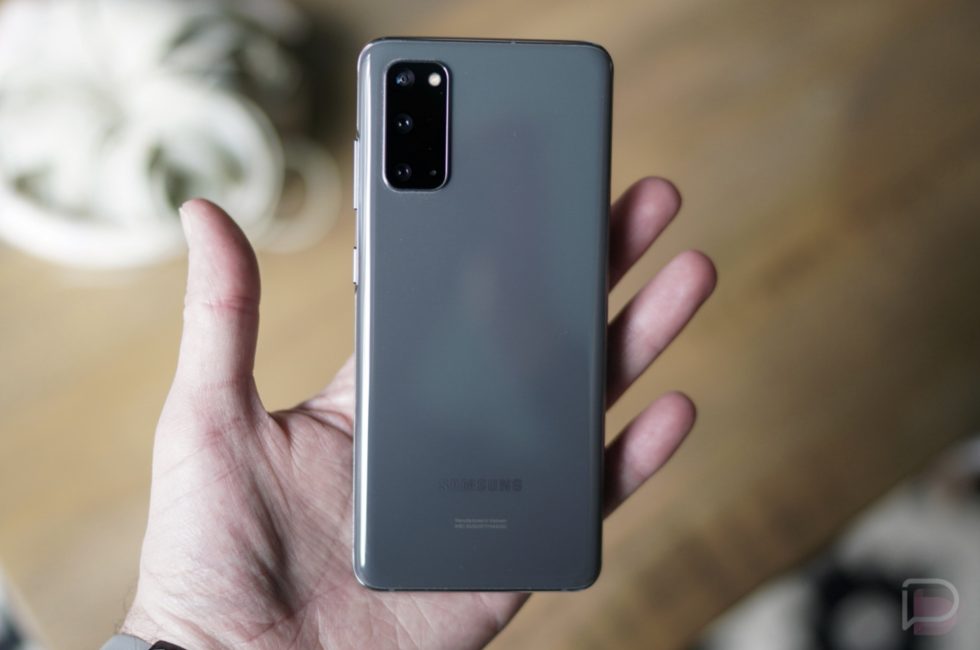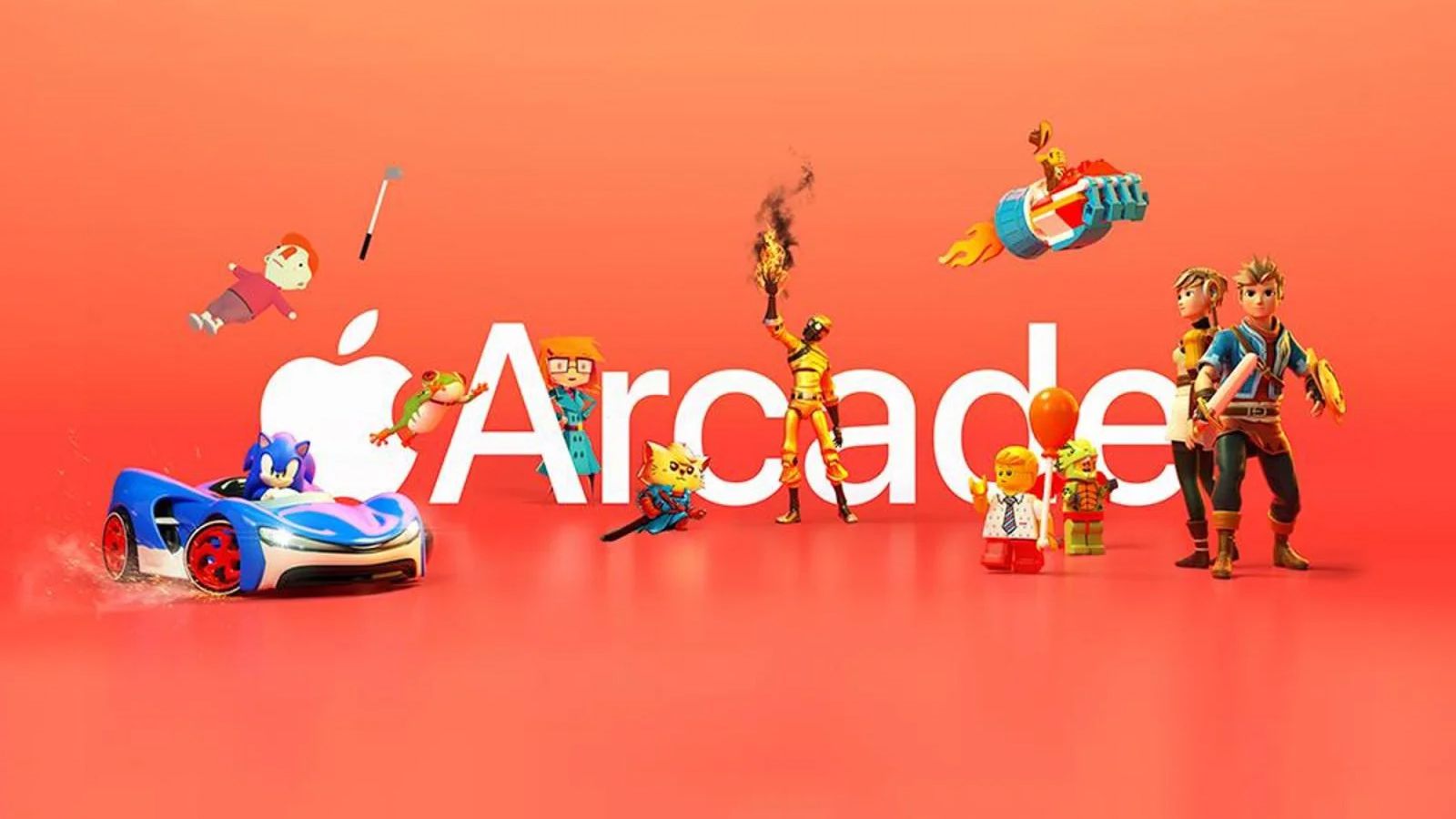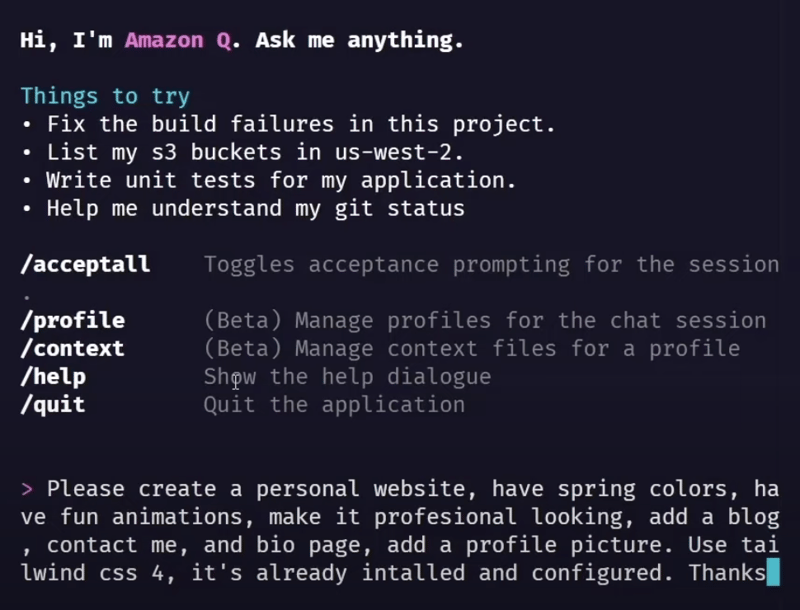What I Learned from Vibe Coding
You may have heard this term called “vibe coding”. It’s a new way of thinking about creating software using AI. It was coined by Andrej Karpathy, and he describes vibe coding as “Giving into the vibes, embrace exponentials, and forget that code even exists”. Karpathy uses an AI coding assistant and he adopts the philosophy of “accepting all”, assuming the AI coding assistant will write and fix the software he’s creating. While this way of coding sounds tempting, does it produce accurate enough results given today’s large language model limitations (LLM) and the overall changing landscape? Can you vibe code a complete application without issues? Can you have it create tests, and how does it handle inconsistencies with design? Is this a fad or a real long term strategy developers should learn and adopt? I had these same questions too, so I decided to create an experiment for myself. Without any prior knowledge I wanted to update my old, and frankly out of date personal blog. I’d vibe my way into a new, and hopefully better looking and functional website. The guard rails I set for myself was that I could NOT go into the code and make any changes. Everything would have to be done by using a prompt and the coding assistant. Additionally, I would try my best to assume no knowledge of web development. Spoiler, I broke the second rule - we’ll chat more about that later. If you'd like to follow along, I created a full video of the experience! Let's jump into how to set up this experiment! Setup For this experiment I am using Amazon Q CLI as my coding assistant. This command line interface (CLI) tool will be my agent, and I’ll prompt it to create my new personal website. I am a huge fan of CLI tools, and this will work perfectly for my experiment. If you'd like to follow along, Q CLI is easy to install and supports several different operating systems, including my favorites MacOS, WSL and Linux. You can even set it up over SSH if needed. Also, don’t forget to sign up for Builder ID, it’s a free to sign-up and you’ll need it to sign in with the CLI. To speed things up a bit, I created a brand new application using Nuxt 3 with Tailwind CSS 4. I followed the procedures on the Nuxt installation guide and then chose the Nuxt UI installation that includes Tailwind CSS 4. I cleared out the starter files and began with a simple index.vue file to start. Here is my starting point. It’s worth mentioning that even though I used Nuxt which uses Vue.js, I’m almost certain this experiment would have worked the same way or even better with React, Angular, or even Svelte. Building My Personal Website One thing I know about prompting, is that you should try to be specific. So I started with a basic prompt. This prompt was explicitly written to generate a personal website, with spring colors, and animations. I then listed out that I wanted a blog, contact me, profile picture and bio page. For good measure I added in that I was using Tailwind CSS 4 and it was configured already. Although not necessary I always try to be polite with my prompts, and I was sure to include please and thank you.
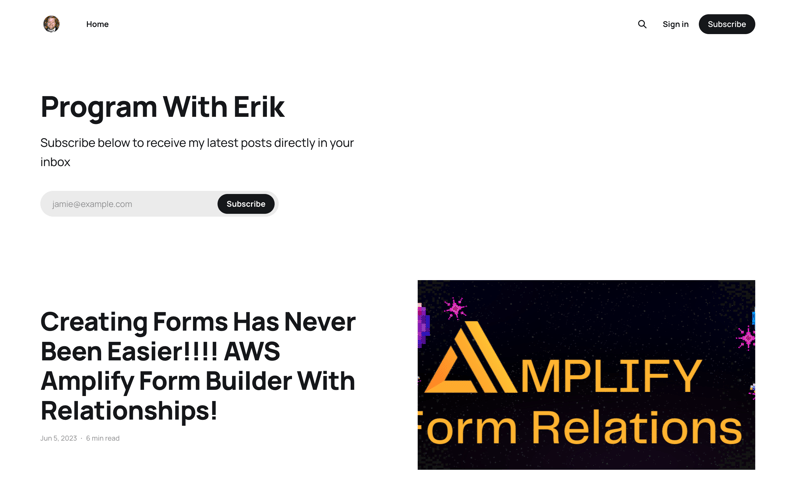
You may have heard this term called “vibe coding”. It’s a new way of thinking about creating software using AI. It was coined by Andrej Karpathy, and he describes vibe coding as “Giving into the vibes, embrace exponentials, and forget that code even exists”. Karpathy uses an AI coding assistant and he adopts the philosophy of “accepting all”, assuming the AI coding assistant will write and fix the software he’s creating.
While this way of coding sounds tempting, does it produce accurate enough results given today’s large language model limitations (LLM) and the overall changing landscape? Can you vibe code a complete application without issues? Can you have it create tests, and how does it handle inconsistencies with design? Is this a fad or a real long term strategy developers should learn and adopt?
I had these same questions too, so I decided to create an experiment for myself. Without any prior knowledge I wanted to update my old, and frankly out of date personal blog.
I’d vibe my way into a new, and hopefully better looking and functional website. The guard rails I set for myself was that I could NOT go into the code and make any changes. Everything would have to be done by using a prompt and the coding assistant. Additionally, I would try my best to assume no knowledge of web development. Spoiler, I broke the second rule - we’ll chat more about that later.
If you'd like to follow along, I created a full video of the experience!
Let's jump into how to set up this experiment!
Setup
For this experiment I am using Amazon Q CLI as my coding assistant. This command line interface (CLI) tool will be my agent, and I’ll prompt it to create my new personal website. I am a huge fan of CLI tools, and this will work perfectly for my experiment. If you'd like to follow along, Q CLI is easy to install and supports several different operating systems, including my favorites MacOS, WSL and Linux. You can even set it up over SSH if needed. Also, don’t forget to sign up for Builder ID, it’s a free to sign-up and you’ll need it to sign in with the CLI.
To speed things up a bit, I created a brand new application using Nuxt 3 with Tailwind CSS 4. I followed the procedures on the Nuxt installation guide and then chose the Nuxt UI installation that includes Tailwind CSS 4. I cleared out the starter files and began with a simple index.vue file to start.
Here is my starting point.
It’s worth mentioning that even though I used Nuxt which uses Vue.js, I’m almost certain this experiment would have worked the same way or even better with React, Angular, or even Svelte.
Building My Personal Website
One thing I know about prompting, is that you should try to be specific. So I started with a basic prompt.
This prompt was explicitly written to generate a personal website, with spring colors, and animations. I then listed out that I wanted a blog, contact me, profile picture and bio page. For good measure I added in that I was using Tailwind CSS 4 and it was configured already. Although not necessary I always try to be polite with my prompts, and I was sure to include please and thank you.









































































































































































![[The AI Show Episode 143]: ChatGPT Revenue Surge, New AGI Timelines, Amazon’s AI Agent, Claude for Education, Model Context Protocol & LLMs Pass the Turing Test](https://www.marketingaiinstitute.com/hubfs/ep%20143%20cover.png)


















































































































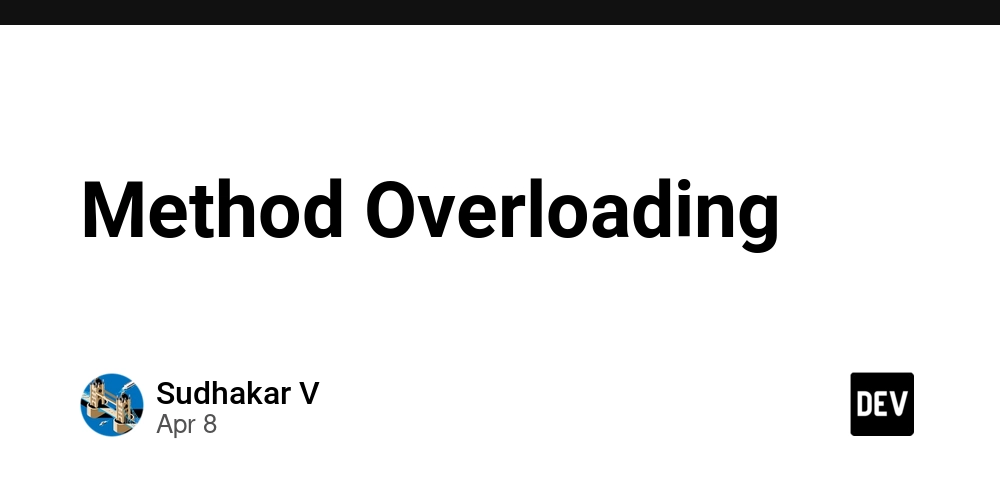
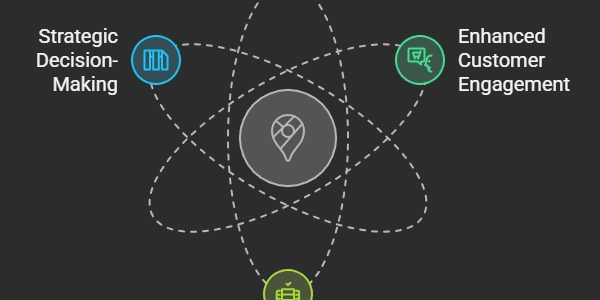











![From drop-out to software architect with Jason Lengstorf [Podcast #167]](https://cdn.hashnode.com/res/hashnode/image/upload/v1743796461357/f3d19cd7-e6f5-4d7c-8bfc-eb974bc8da68.png?#)


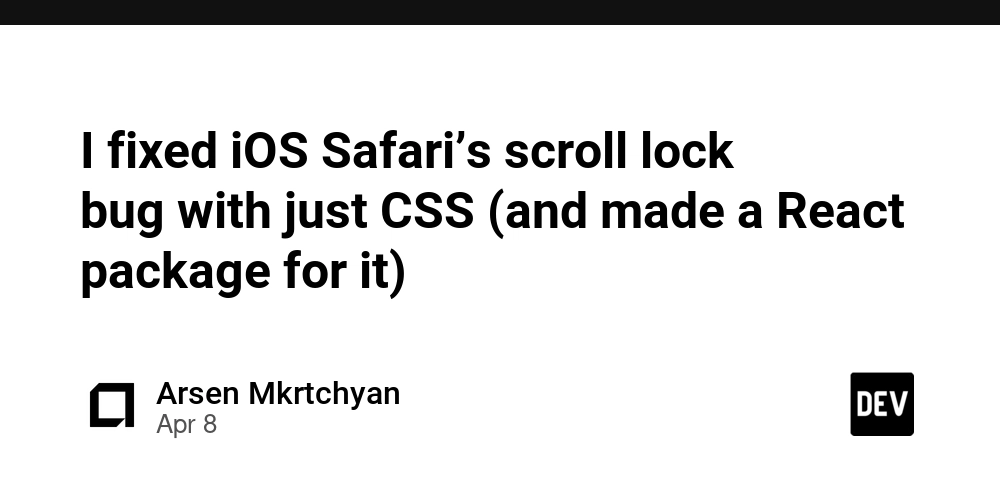
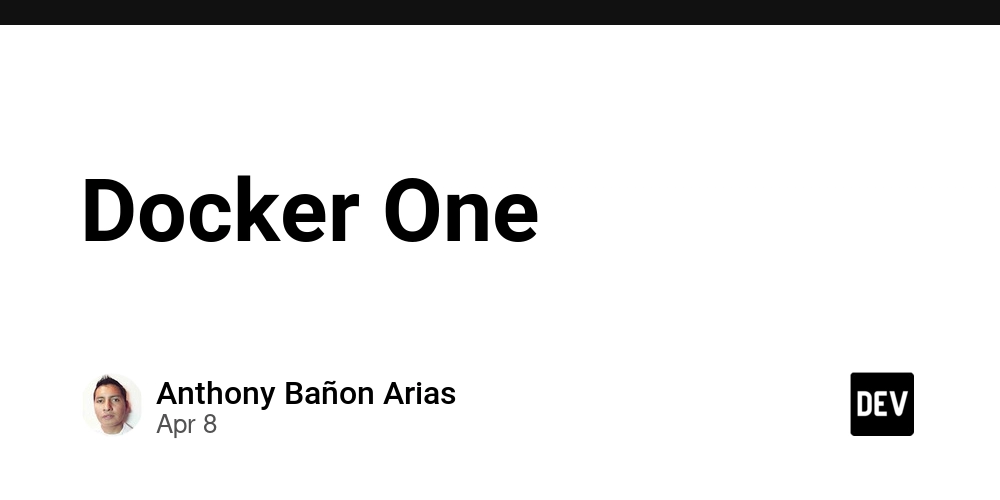

























































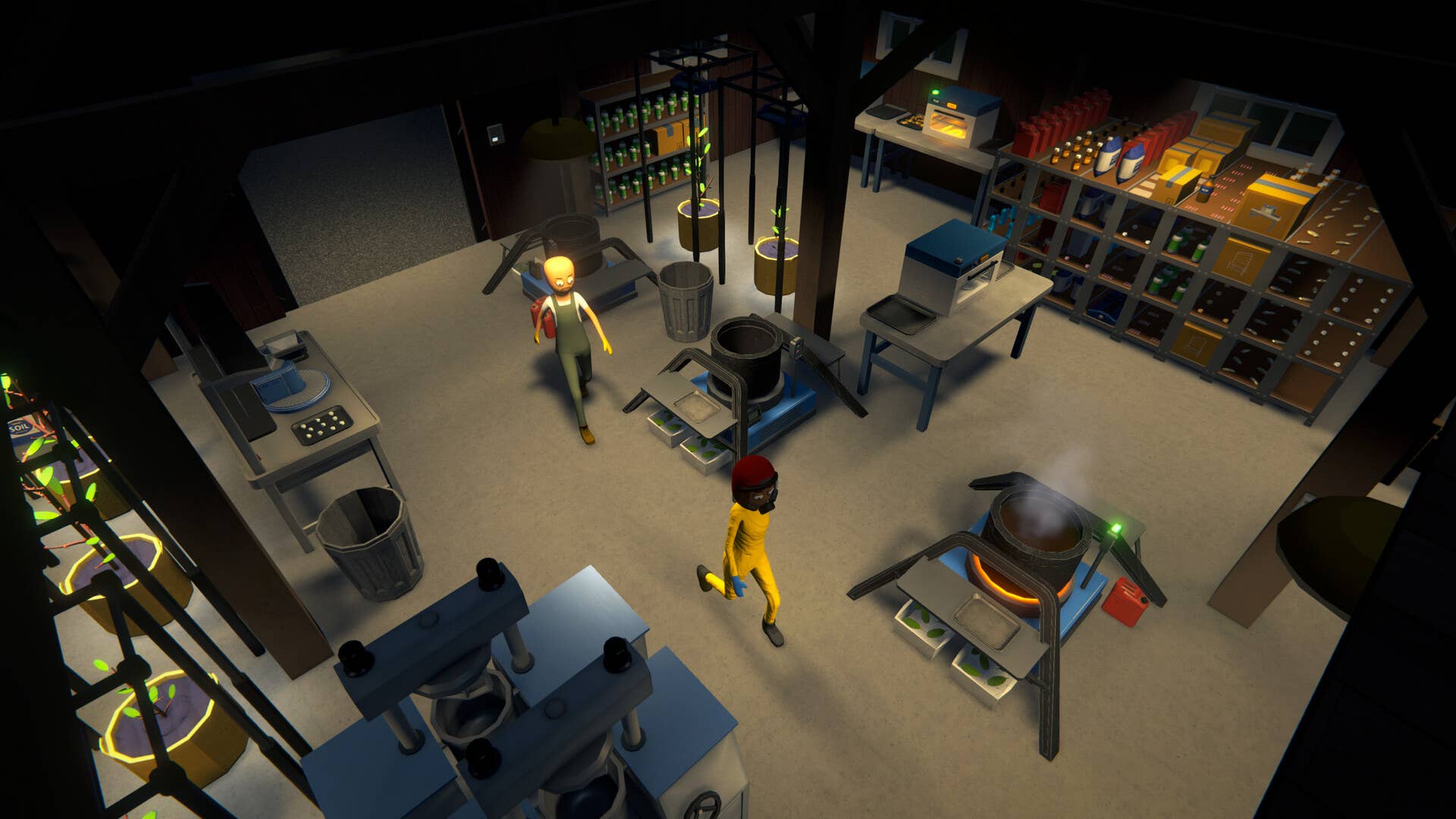

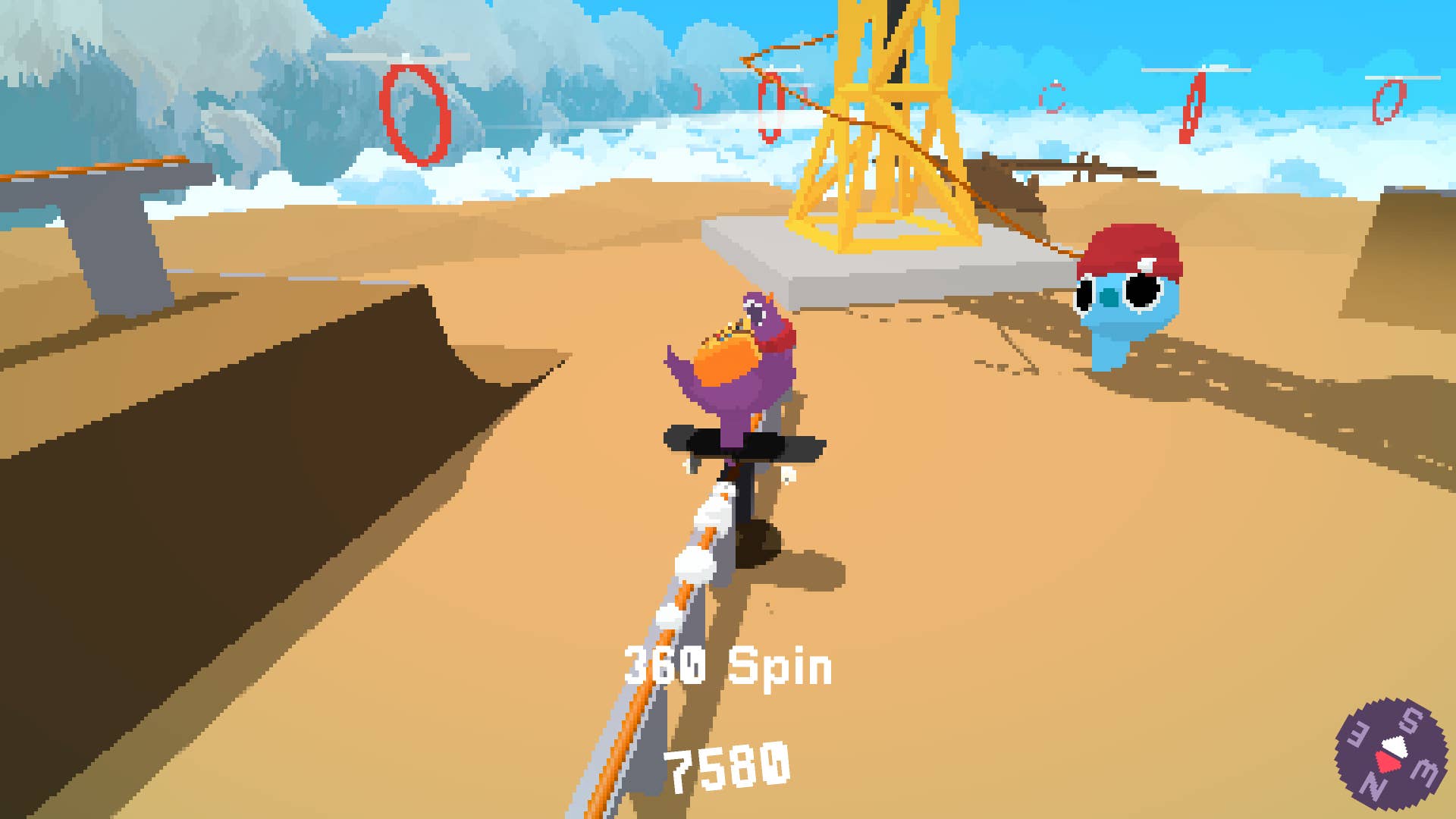










































































_Zoonar_GmbH_Alamy.jpg?#)



 (1).webp?#)




































































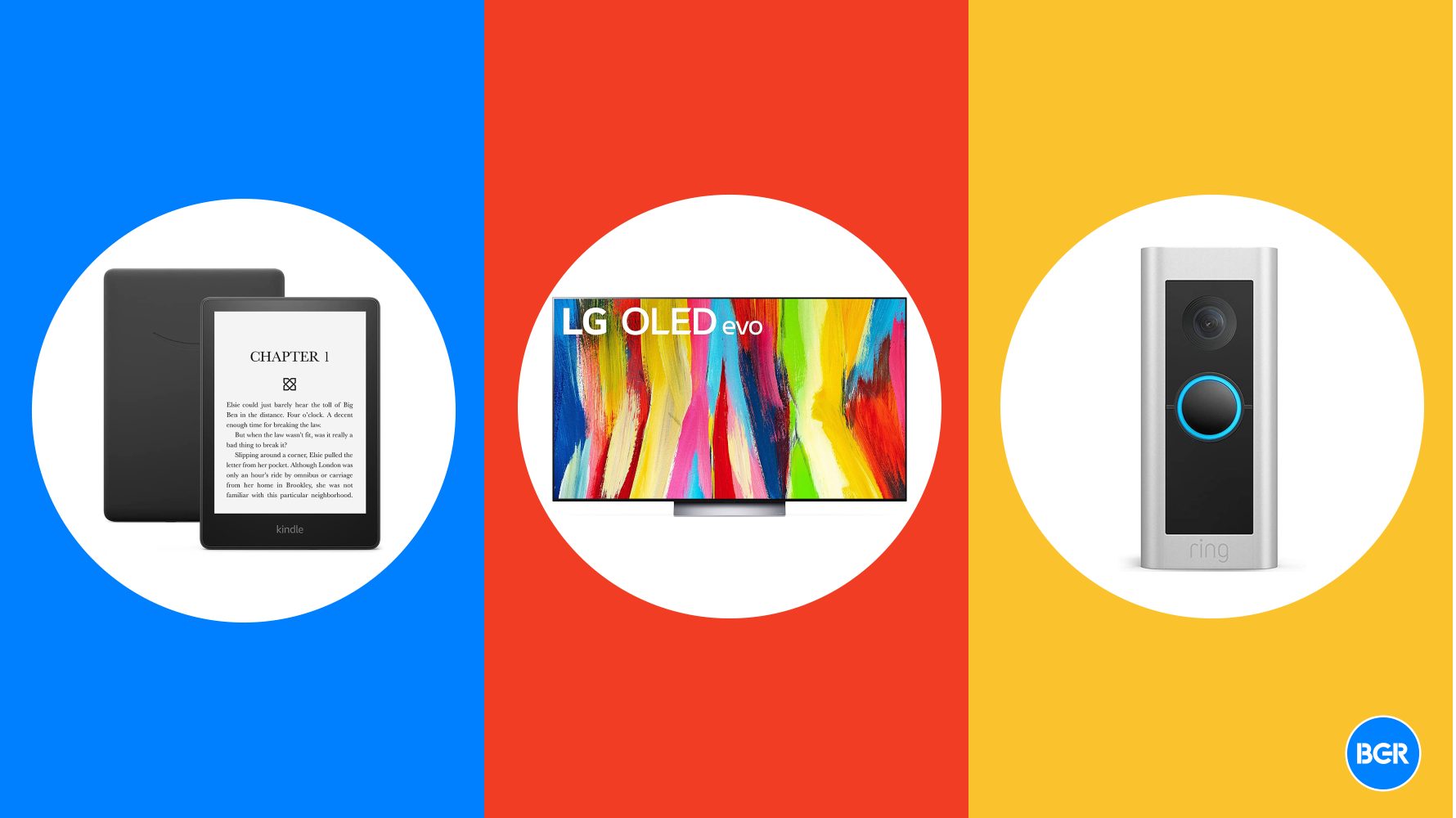









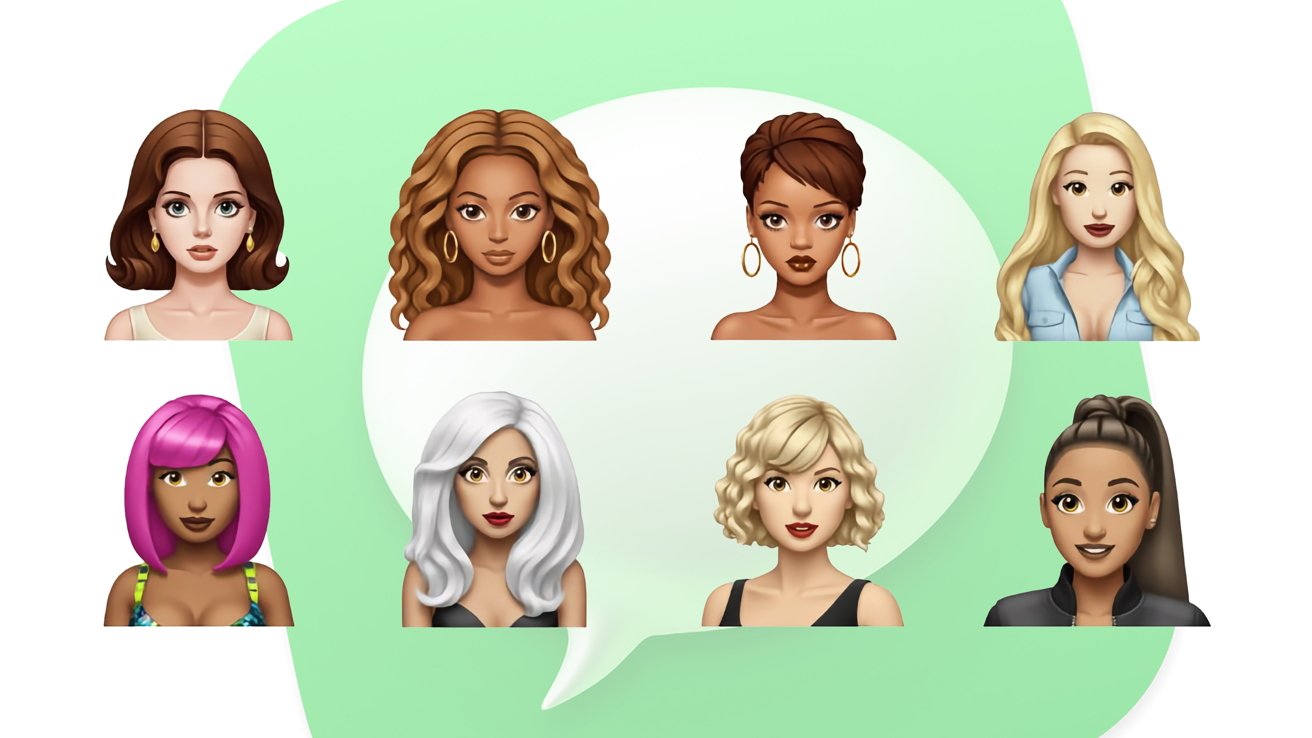


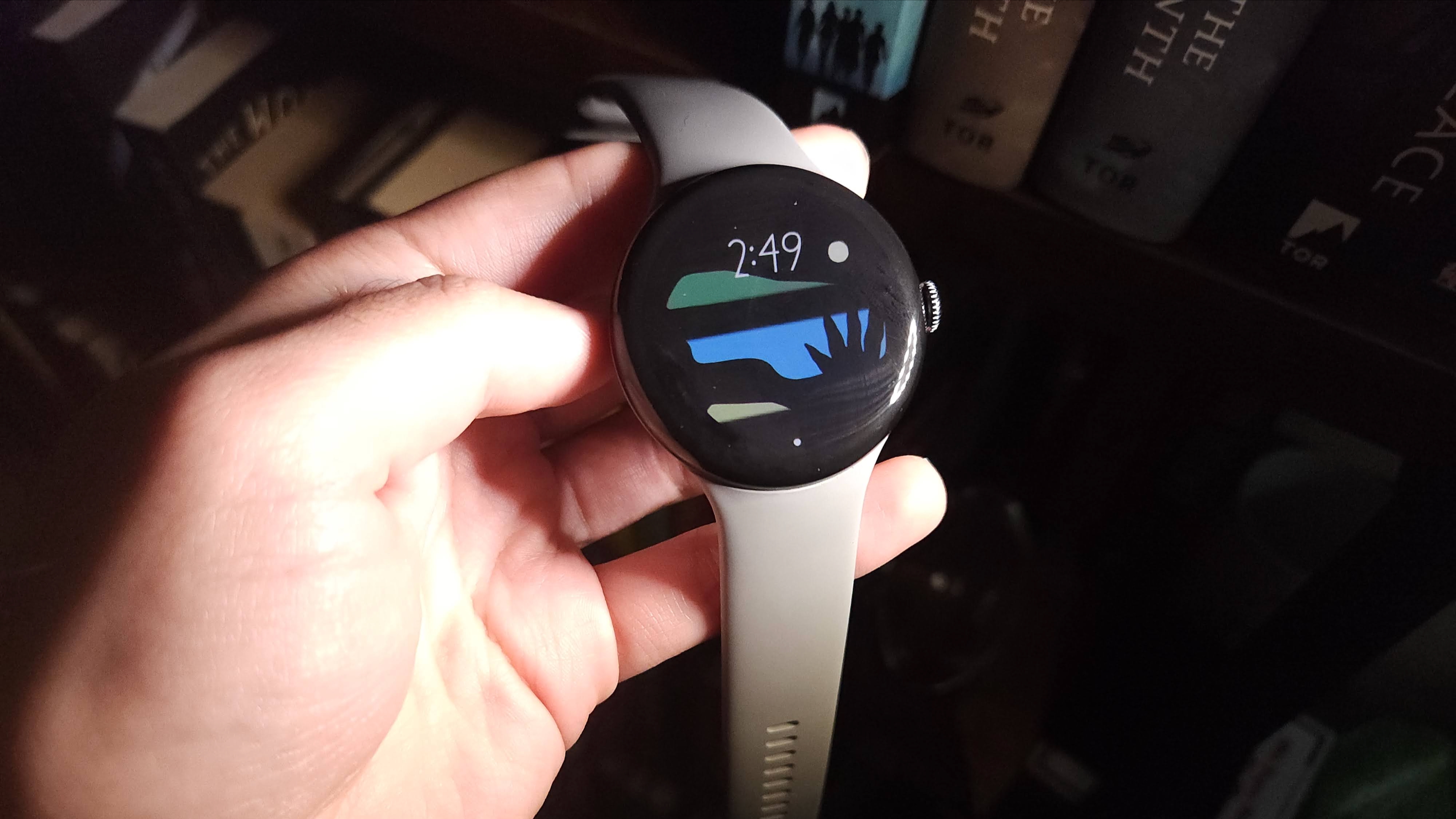



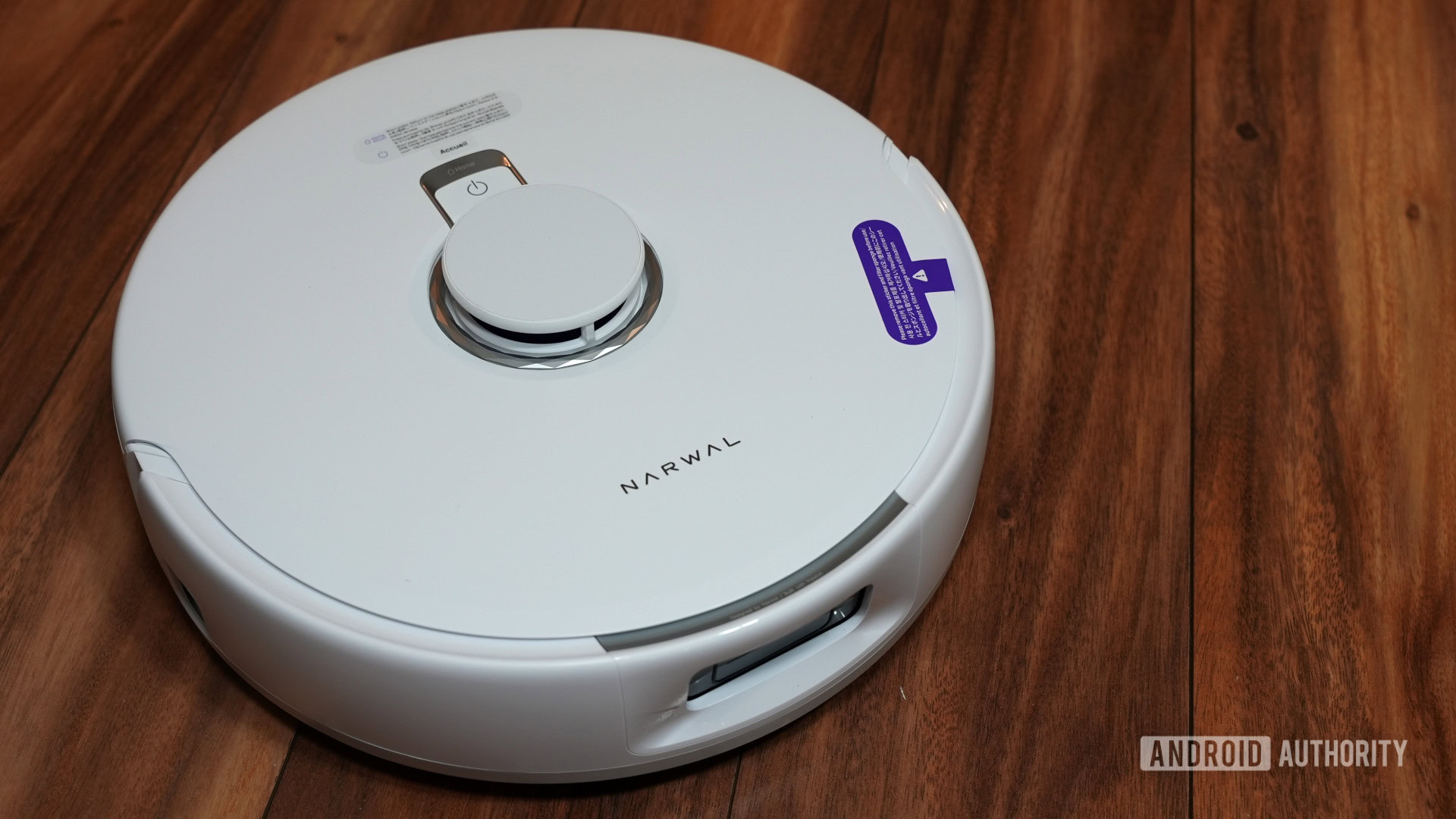
![Are you buying a new Apple product to avoid tariffs? [Poll]](https://9to5mac.com/wp-content/uploads/sites/6/2025/03/tim-cook-apple-fifth-ave-joz.jpg?quality=82&strip=all&w=290&h=145&crop=1)



















![New iOS 19 Leak Allegedly Reveals Updated Icons, Floating Tab Bar, More [Video]](https://www.iclarified.com/images/news/96958/96958/96958-640.jpg)

![Apple to Source More iPhones From India to Offset China Tariff Costs [Report]](https://www.iclarified.com/images/news/96954/96954/96954-640.jpg)





















